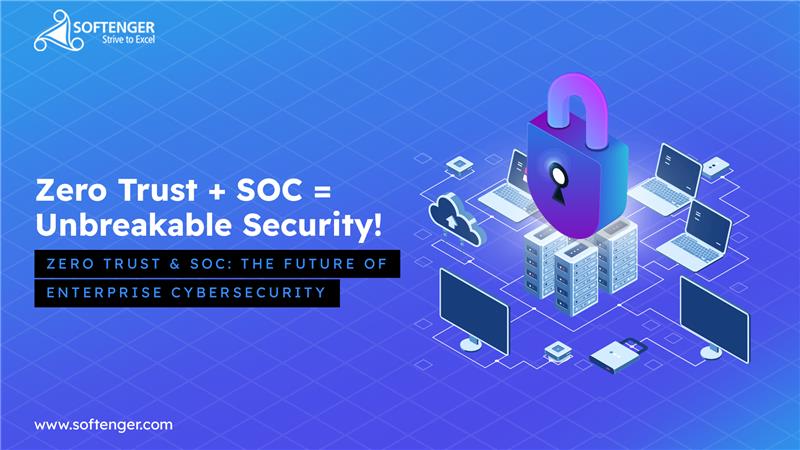Top 5 Core Cloud Security Obstacles Empowring IT Infrastructure with...
Read More

Automated playbooks and AIOps orchestration reduce MTTR dramatically. For instance, isolating a compromised workload via prebuilt Zero Trust policies minimizes downtime and business impact.
Want to stay ahead of evolving threats?
Our cybersecurity specialists can help fortify your cloud security strategy.
Top 5 Core Cloud Security Obstacles Empowring IT Infrastructure with...
Read MoreAOTS Approach: Client-Centric IT Solutions by Softenger The AOTS Approach...
Read MoreOvercoming Alert Fatigue with Managed SOC Services Recent research from...
Read MoreThreats Outside Business Hours: 24×7 Protection – How SOC Handles...
Read MoreIs your SOC ready for Zero Trust?
Home Services IT Infrastructure Streamline Your IT Ecosystem for Maximum...
Read MoreHome Services IT Infrastructure Streamline Your IT Ecosystem for Maximum...
Read MoreSecuring the Future of Utilities: IT/OT Convergence and Cybersecurity for...
Read More